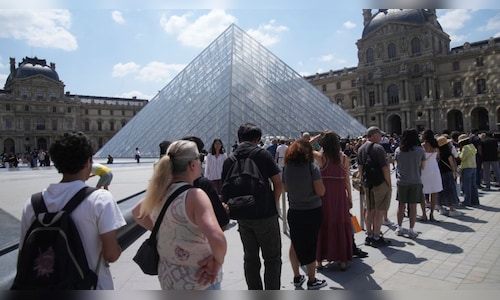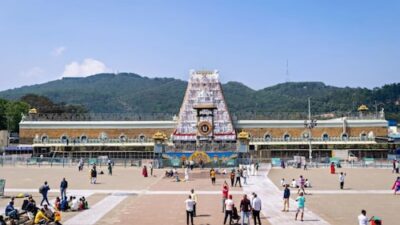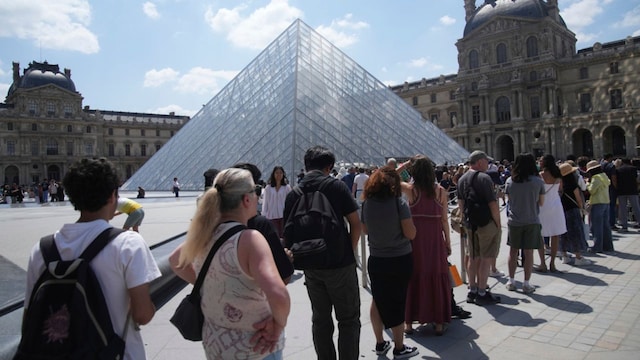
 1 / 7
1 / 7The Louvre, renowned as the most-visited museum globally and a symbol of art, beauty, and resilience, has survived wars, terror, and pandemics — yet on June 16, it was put to a standstill by its own striking staff, who argue that the influx of mass tourism is overwhelming the institution. (Photo: AP)
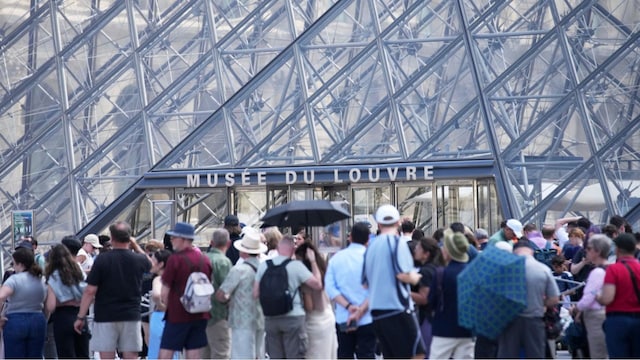
 2 / 7
2 / 7It was an unimaginable scene: the sanctuary of masterpieces by Leonardo da Vinci and countless treasures of civilization — rendered immobile by the very staff designated to welcome guests into its halls. Thousands of bewildered visitors, tickets in hand, were funneled into stagnant lines by I.M. Pei’s iconic glass pyramid. (AP Photo)
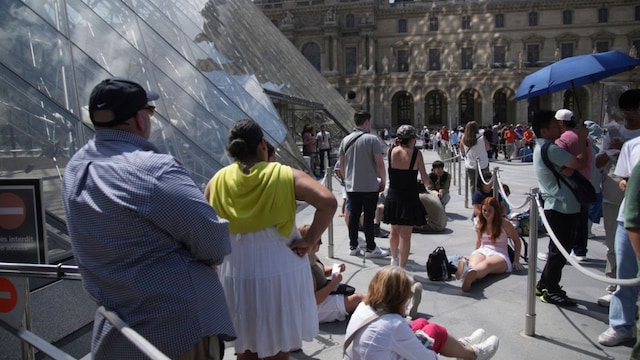
 3 / 7
3 / 7The Louvre stands as a testament to tourism’s breaking point. While popular destinations from Venice to the Acropolis strive to control crowds, the iconic museum, frequented by millions, is facing its own critical moment. This disruption followed a day of organized anti-tourism protests across southern Europe, where thousands gathered in places like Mallorca, Venice, and Lisbon, rejecting an economic model perceived to displace residents and degrade urban life. In Barcelona, protesters playfully squirted tourists with water guns as a symbolic effort to “cool down” excessive tourism. (AP Photo)
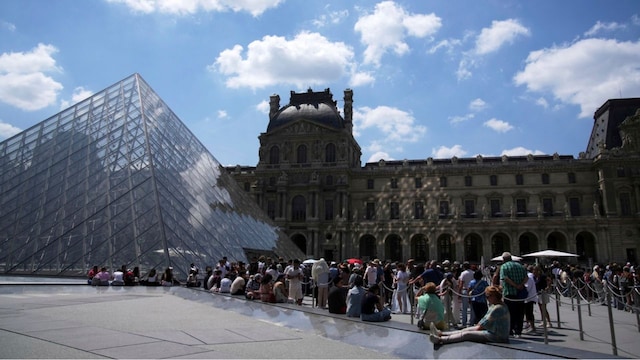
 4 / 7
4 / 7The strike at the Louvre erupted unexpectedly during a routine internal meeting, as gallery staff, ticket agents, and security personnel walked out in protest against overwhelming crowds, chronic understaffing, and conditions deemed “untenable” by unions. (Photo: AP)
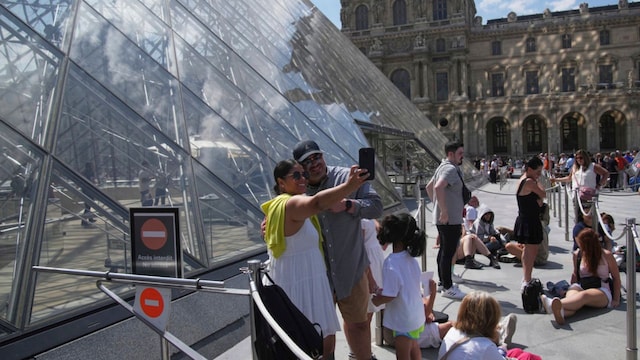
 5 / 7
5 / 7Closures at the Louvre are infrequent. They have historically occurred during wars, pandemics, and a few strikes — including unexpected walkouts over overcrowding in 2019 and concerns for safety in 2013. However, this recent shutdown was notably swift, without any prior warning, all while crowds stood by. (AP Photo)
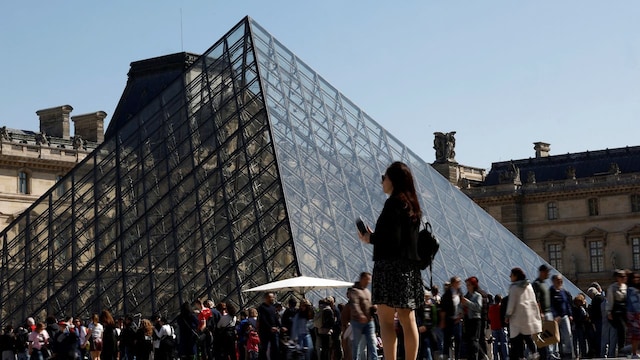
 6 / 7
6 / 7This unrest follows a recent announcement by President Emmanuel Macron, who introduced an extensive plan aimed at addressing the museum’s ongoing issues — including water leaks, hazardous temperature fluctuations, outdated infrastructure, and an overwhelming volume of foot traffic. (Photo: Reuters)
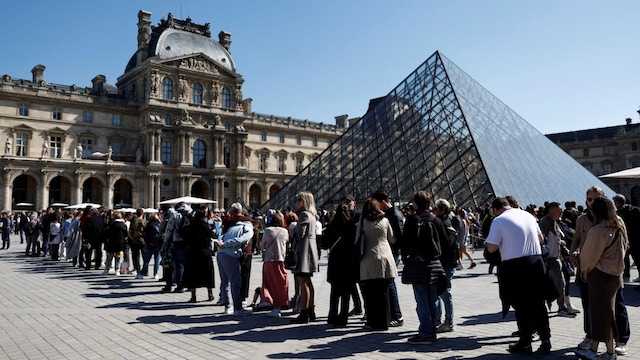
 7 / 7
7 / 7In the previous year, the Louvre documented 8.7 million visitors — more than twice what its facilities were equipped to manage. Even with a daily limit of 30,000, staff report that the experience has become a daily struggle, with insufficient rest areas, limited restroom facilities, and summer heat intensified by the pyramid’s greenhouse effect. (Photo: Reuters)
